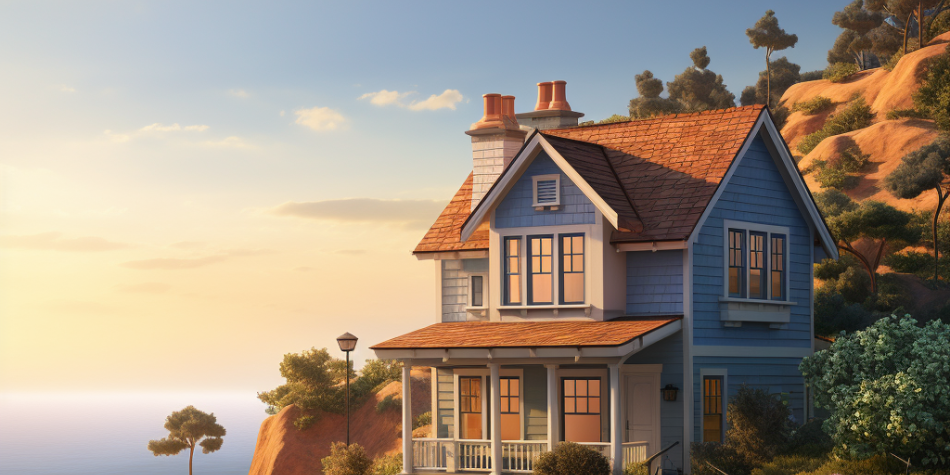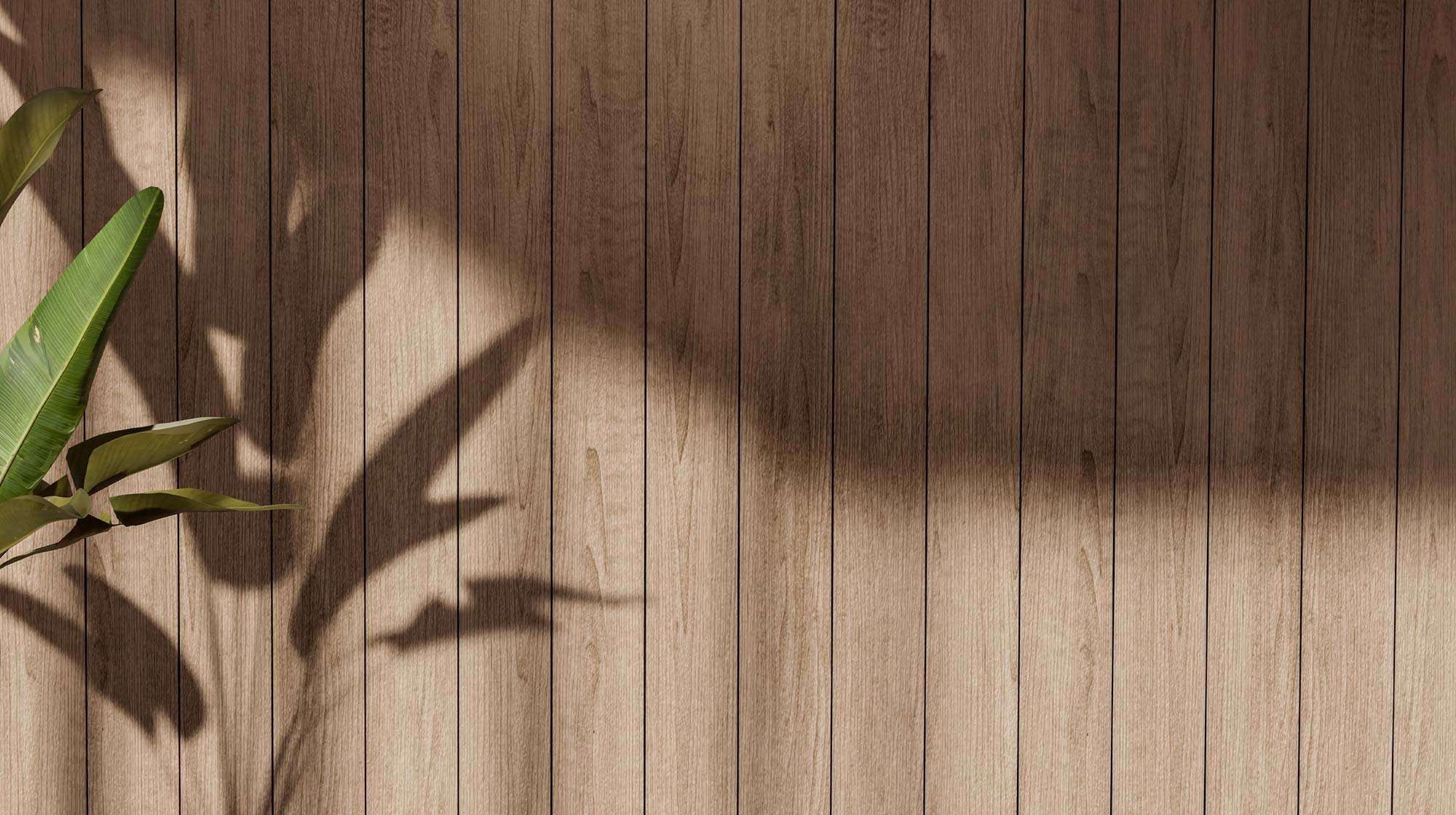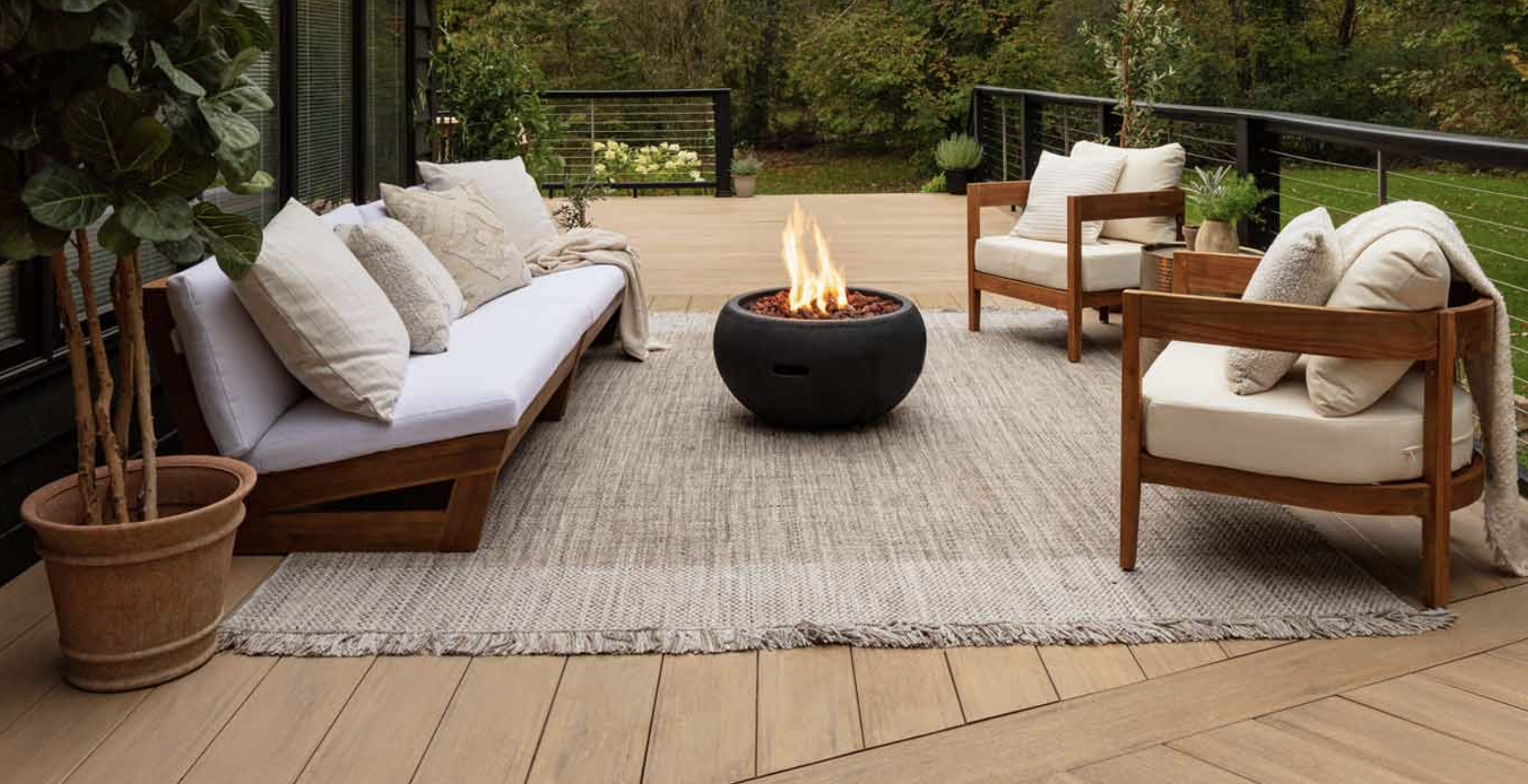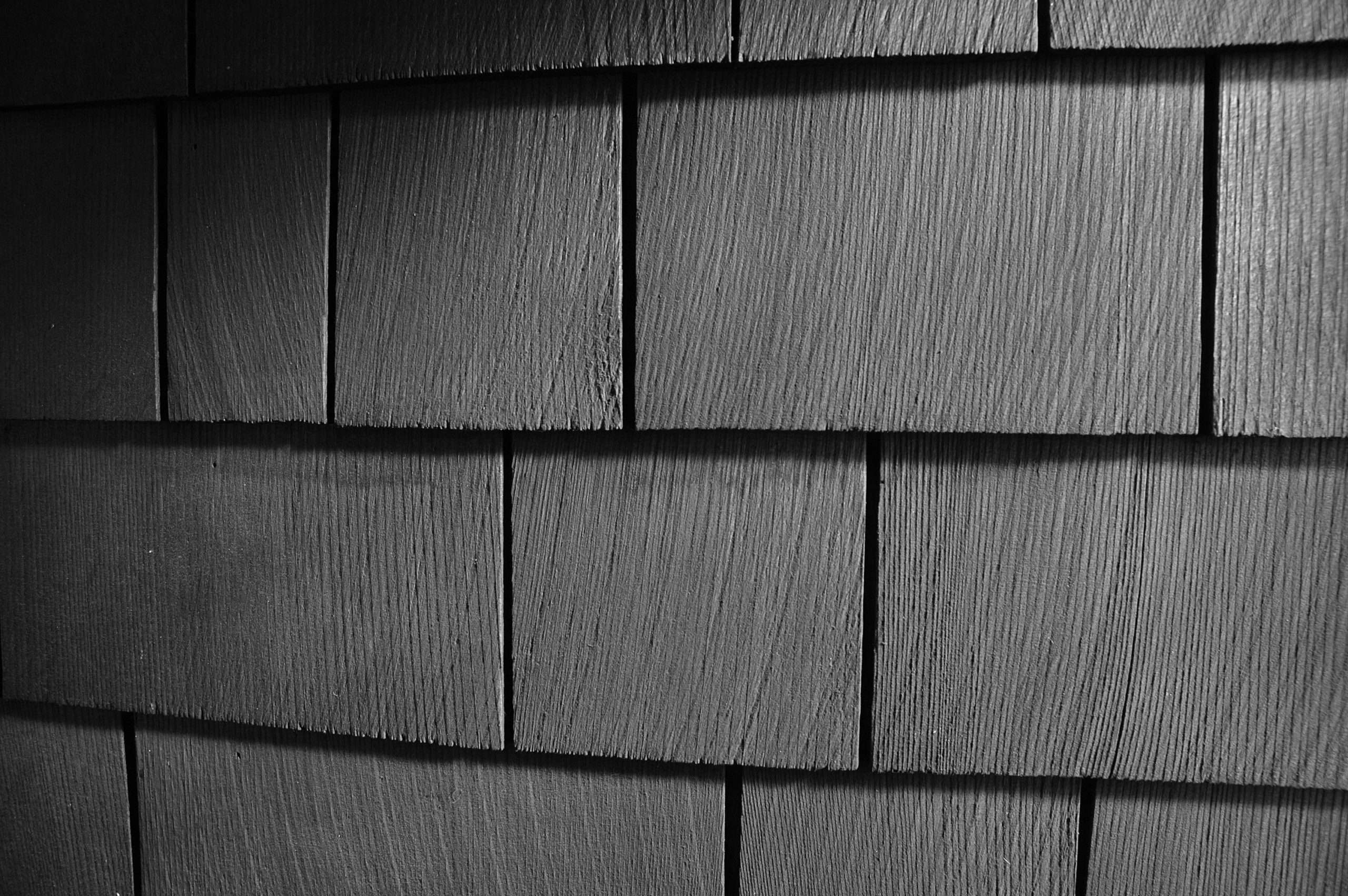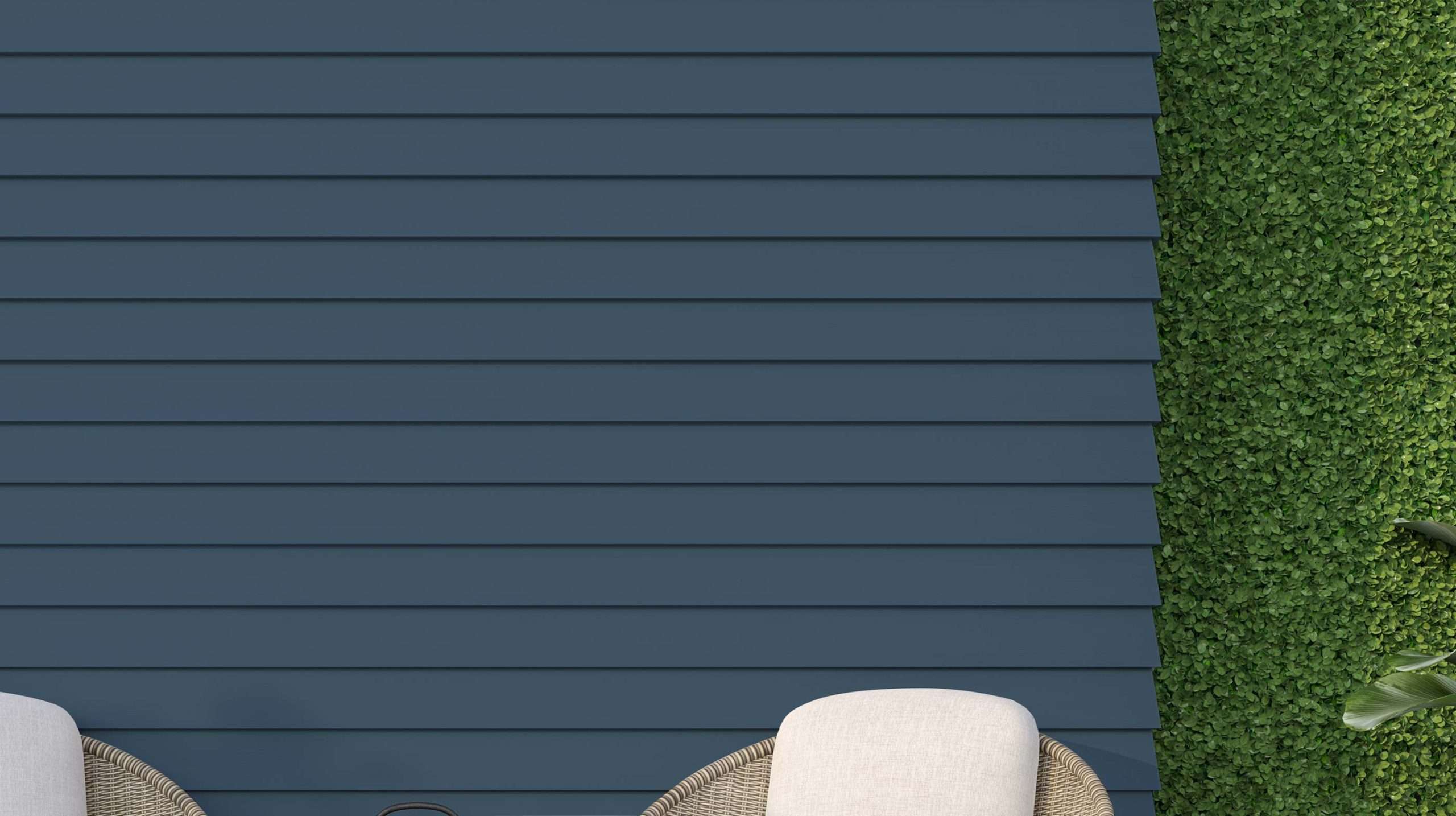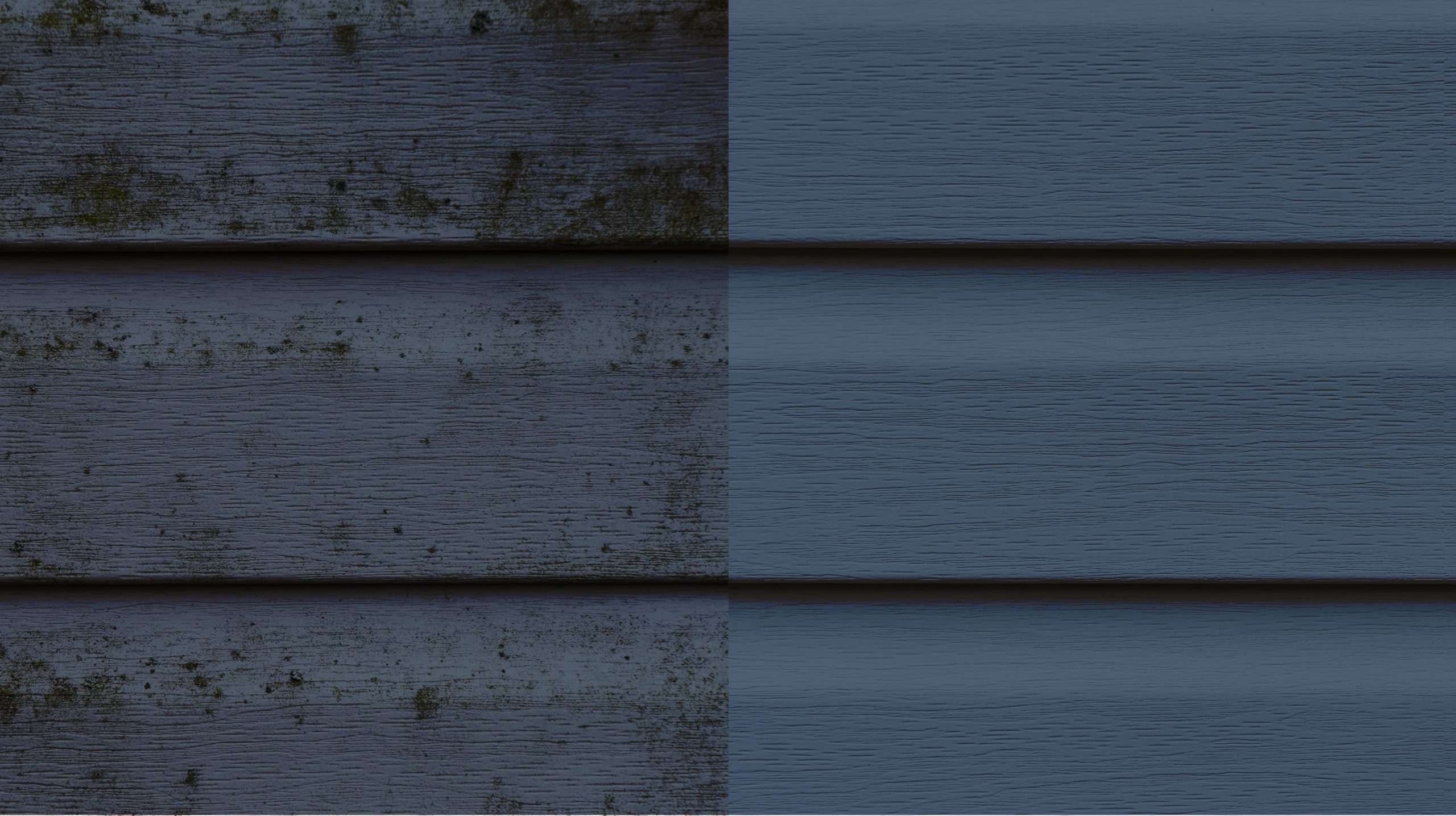Introduction
Shell Beach sits on California’s scenic Central Coast. It’s a dream location where many homeowners and visitors stay! But also, we cannot neglect the salty air along with its beautiful seaside charm. Many Shell Beach homeowners use Hardie siding for its durability. But yet, the ocean’s calming waves also brings along salt – salt air specifically, which can be harsh on certain materials. This includes Hardie Siding! It faces unique challenges in this coastal paradise. In this Rogall + Co. blog post, we are going to explore how salt air and dry rot affect Hardie siding, which could potentially affect your home.
Table of Contents
- Introduction
- The Allure of Hardie Siding
- Understanding Dry Rot
- The Impact of Salt Air
- Strategies to Combat Dry Rot and Salt Air
- Conclusion
The Allure of Hardie Siding
Hardie siding is made to withstand the elements, as it is carefully crafted to do so. It captures the beauty of wood, with none of wood’s weaknesses. Homeowners in Shell Beach love Hardie siding’s strength and look and many homeowners in fact do choose to opt-in for it! However, even tough materials face challenges near the ocean. In coastal weather, even Hardie siding needs a bit of extra care.
Understanding Dry Rot
Dry rot isn’t just any decay—it’s tricky to catch. Caused by fungi, it starts deep inside and thrives in damp, wet spaces. Coastal areas with high humidity are perfect for dry rot. Hardie siding, though made from fiber cement, isn’t immune. Over time, even fiber cement can face dry rot as with all other sorts of types of wood. This decay hides, spreading in the unseen parts of the siding.
Recognizing Dry Rot
Detecting dry rot early makes all the difference. Here’s what to look for:
- Swollen or Cracked Siding: Watch for changes in texture or bulges.
- Discoloration: Look for darker patches or grayish spots.
- Fungal Growth: In advanced cases, fungi can form mushroom-like shapes where this indicates that the growth has been flourishing in the specific environment.
Regular checks and inspections can help homeowners catch dry rot before it spreads. These checks could take no more than 5 minutes!
The Impact of Salt Air
The salty climate has accustomed itself as a beloved part of coastal life, as many homeowners have adapted to this, but salt air can still materialize over time. An example is where these tiny salt particles cling to surfaces and overtime, break down these surfaces. This includes the exterior of your home!
How Salt Air Affects Hardie Siding
Salt air can impact Hardie siding in multiple ways:
- Corrosion of Fasteners: Metal screws and fasteners can corrode.
- Moisture Retention: Salt traps moisture, creating a damp environment.
Salt air demands vigilance. With regular maintenance, siding can last longer, even in salty air.
Strategies to Combat Dry Rot and Salt Air
A few steps can go a long way in extending the life of Hardie siding. This means a lot, considering that Hardie Siding is already durable!Here’s how to keep your siding strong and looking its best:
- Regular Inspections: Look for early signs of damage. Check for bulges, cracks (and in crevices too,) and for any discoloration.
- Ventilation: Proper ventilation reduces moisture buildup, which limits fungi growth.
- Salt-Resistant Finishes: Coatings designed for salt protection offer a layer of defense.
These steps make all the difference in preserving siding against coastal forces.
Conclusion
At Rogall + Co., we understand the coastal climate of Shell Beach homes. We have worked on these homes before and we are confident to say that our team provides the expertise and care needed to keep siding intact and make sure nothing strange is going on! If you’re looking to protect your coastal home, reach out to us. Together, we’ll keep your home beautiful and safe against the elements. Contact us today for a free consultation!
